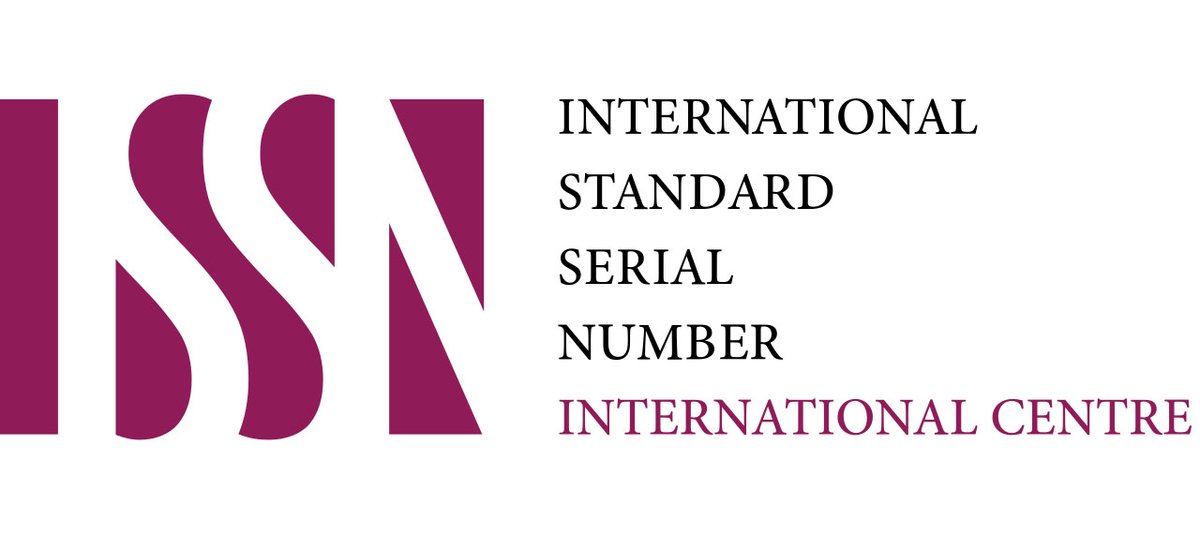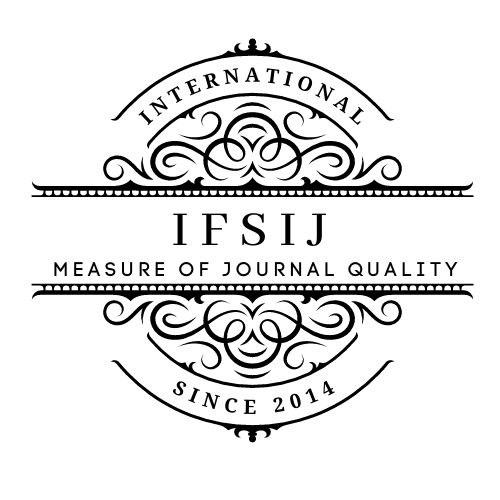RELATIONSHIP OF COMMUNICATION FORMAT WITH THE EFFECTIVENESS OF INFORMING ABOUT THE RISKS OF CARDIOVASCULAR DISEASES
Keywords:
Risk communication formats, cardiovascular risk factors, cardiovascular diseases.Abstract
Patients understand cardiovascular disease (CVD) risk information better when it is presented in numerical or visual formats (for example, graphs) compared to verbal explanations. Purpose: To study the extent to which physicians and patients use verbal, numerical, and visual formats when communicating cardiovascular risk factors. Methods and Results: Socioeconomic data and patients’ understanding of the issue were collected using questionnaires and audio recordings of consultations about CVD risk. In 73% of 32 consultations, general practitioners communicated cardiovascular risk using only verbal descriptors, compared to numerical (11%) and visual (16%) formats. Female physicians and female patients were significantly more likely to use verbal formats than visual ones (p = 0.001 and p = 0.039, respectively). Patient subjective understanding was significantly higher when visual counseling was used compared to verbal counseling (p=0.001). Conclusions: It is necessary to identify and address barriers to the use of “high-rating” communication formats among both physicians and patients.
Downloads
Published
How to Cite
Issue
Section
License

This work is licensed under a Creative Commons Attribution-NonCommercial-NoDerivatives 4.0 International License.















